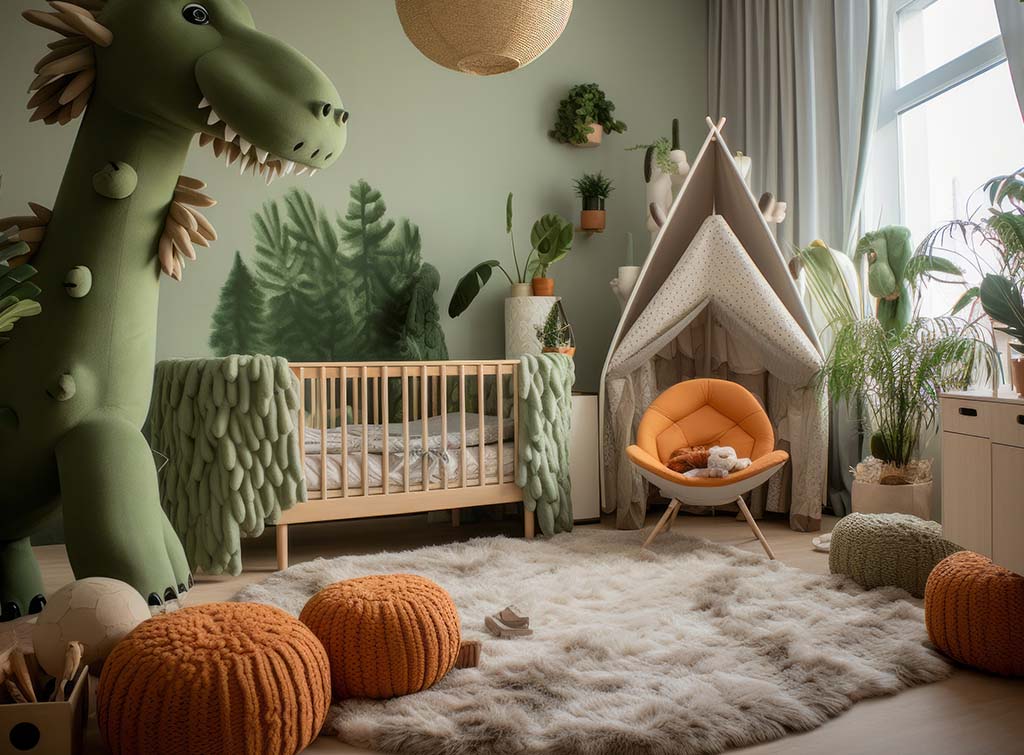Exploring Creative Vegetable Garden Bed Ideas
When it comes to growing your own food, creativity knows no bounds. From elevated garden beds to inventive layouts, there are countless ways to transform your backyard into a flourishing vegetable garden. Let’s explore some creative ideas to elevate your edibles and make the most of your growing space.
Rise Above: Elevated Garden Beds
Elevated garden beds are a game-changer for vegetable gardening, offering numerous benefits such as improved drainage, better soil quality, and easier access for planting and harvesting. Consider building raised beds using materials like wood, stone, or metal, and elevate your edibles to new heights. Raised beds also provide a solution for gardening in areas with poor soil or limited space, allowing you to grow a variety of vegetables even in challenging conditions.
Mix it Up: Companion Planting
Companion planting is a gardening technique where different plants are grown together to benefit each other in various ways, such as pest control, pollination, and nutrient uptake. Get creative with your vegetable garden bed layout by mixing and matching compatible plants to create a harmonious and productive growing environment. For example, plant tomatoes with basil to deter pests, or grow beans near corn to provide natural support for climbing.
Go Vertical: Trellises and Arbors
Maximize your growing space by going vertical with trellises and arbors in your vegetable garden bed. Vertical gardening not only saves space but also adds visual interest and dimension to your garden. Train vining vegetables like cucumbers, beans, and peas to climb trellises or arbors, freeing up valuable ground space for other crops. You can also use vertical structures to create shaded areas for cool-season crops or provide a habitat for beneficial insects and pollinators.
Container Gardening: Portable Planting Solutions
For those with limited outdoor space or poor soil conditions, container gardening offers a versatile and portable solution for growing vegetables. Get creative with your container choices by repurposing items like buckets, barrels, or even old furniture to create unique planting vessels. You can grow a variety of vegetables in containers, from herbs and salad greens to tomatoes and peppers, allowing you to enjoy fresh produce even in urban environments or on balconies and patios.
Edible Landscaping: Incorporating Vegetables into Ornamental Beds
Why relegate vegetables to a separate garden bed when you can incorporate them seamlessly into your ornamental landscape? Edible landscaping combines the beauty of ornamental plants with the functionality of edible crops, creating a stunning and productive garden that is both visually appealing and practical. Mix vegetables like kale, Swiss chard, and colorful peppers with flowers, shrubs, and ornamental grasses to create a diverse and attractive garden that delights the senses.
Seasonal Succession Planting: Maximizing Yield Year-Round
Seasonal succession planting is a gardening technique where crops are planted in succession to ensure a continuous harvest throughout the growing season. Get creative with your planting schedule by staggering the planting of different vegetables to optimize yield and extend your harvest. For example, start with cool-season crops like lettuce and radishes in spring, followed by warm-season crops like tomatoes and peppers in summer, and finish with fall crops like broccoli and kale.
Creative Container Solutions: Thinking Outside the Box
When it comes to container gardening, the possibilities are endless. Get creative with your container choices by thinking outside the box and repurposing unconventional items like old tires, pallets, or even shoes to create unique planting vessels. Not only are these containers budget-friendly and eco-friendly, but they also add a touch of whimsy and personality to your vegetable garden. Experiment with different sizes, shapes, and materials to find the perfect containers for your crops.
Integrated Pest Management: Natural Solutions for Pest Control
Instead of relying on chemical pesticides, consider implementing integrated pest management (IPM) techniques to control pests in your vegetable garden bed. Get creative with your pest management strategies by attracting beneficial insects like ladybugs and lacewings to prey on harmful pests, using physical barriers like row covers or netting to protect plants from pests, and practicing crop rotation to disrupt pest life cycles. By taking a holistic approach to pest control, you can maintain a healthy and thriving vegetable garden without harming beneficial insects or the environment.
Artistic Arrangements: Designing with Vegetables
Who says vegetable gardens can’t be aesthetically pleasing? Get creative with your vegetable garden bed design by arranging plants in artistic and visually appealing patterns. Experiment with geometric layouts, spiral gardens, or even themed designs like a rainbow garden or a pizza garden. Not only do these artistic arrangements add visual interest to your garden, but they also make planting and harvesting more enjoyable and engaging for gardeners of all ages.
Innovative Irrigation Solutions: Water-Wise Gardening
Save time and water in your vegetable garden bed by implementing innovative irrigation solutions like drip irrigation, soaker hoses, or self-watering containers. Get creative with your irrigation system by incorporating rainwater harvesting barrels, smart irrigation controllers, or even DIY solutions like using recycled bottles or containers to water plants efficiently. By practicing water-wise gardening techniques, you can conserve water, reduce runoff, and promote healthier, more resilient plants in your vegetable garden.
Read more about vegetable garden bed ideas










